What does Your Side Kick Look Like?
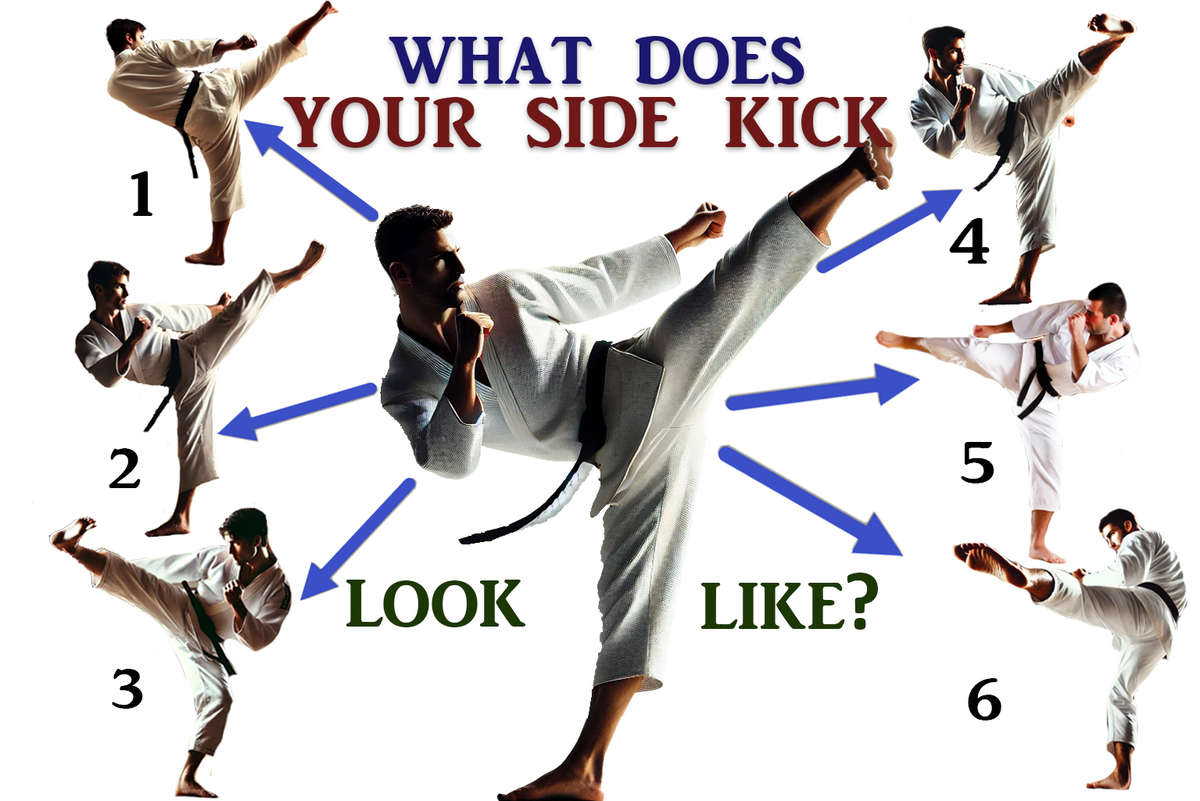
What does Your Side Kick Look Like?
Mastering the Side Kick: Common Mistakes, Fixes, and Training Tips
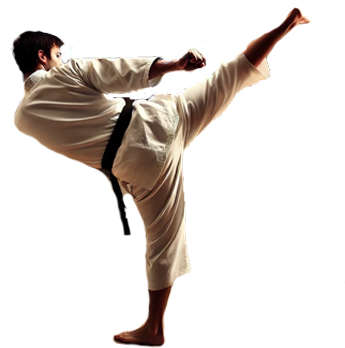
Picture 1: The Side Kick with Knee Partially Bent
First, we have a side kick, with the kick behind the body. Usually, this type of side kick is not extended all the way. Sometimes it is, but usually, it's not, meaning that the knee will be partially bent, and the hip is not going to be fully extended either, though that can be harder to see.
The heel will be higher than the foot. Very often, I see this type of side kick when someone tries to turn out the supporting leg but doesn't have the full ability to do so. What ends up happening is that they turn the supporting leg away from the kick so that the heel is in line with the target, and the toes are pointing away from the target of the standing or supporting leg. This causes them to turn their body away from the kick as well.
The heel will be higher than the foot. Very often, I see this type of side kick when someone tries to turn out the supporting leg but doesn't have the full ability to do so. What ends up happening is that they turn the supporting leg away from the kick so that the heel is in line with the target, and the toes are pointing away from the target of the standing or supporting leg. This causes them to turn their body away from the kick as well.
Because they cannot fully turn from the hip, they rotate as much as they can. Then, to completely rotate out, their body also turns away from the kick. This is the first mistake. There are many ways to correct it, but the major correction would focus on the muscles that turn the supporting leg inward. In other words, to completely turn out, you need flexibility in the muscles that restrict that movement (those that turn the leg back in) and sometimes the strength of the muscles responsible for turning out.
The Hip Turnout Program is a good solution for this specific issue. A kicker may have other issues as well, but if this is the only issue, the turnout program will solve it.
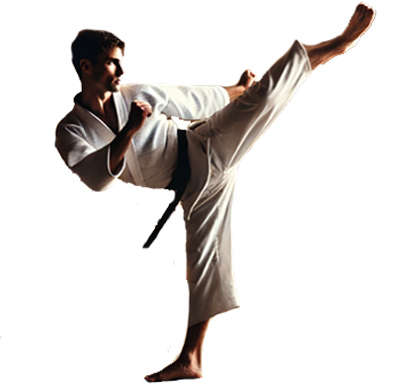
Picture 2: The Side Kick with Good Turnout but Partial Extension
Now, moving to what is labeled as number four in the pictures. This side kick shows good turnout and a good body position (the torso is upright), but the kick is not fully extended. The kick is on the side of the body, not in front or behind, but it’s not fully extended.
This means the hip, knee, and foot are not in one line. When this happens, it is usually due to tightness in the adductors or hip flexors—often the upper adductors or the pectineus. All adductors flex the hip, but in this case, it could be any of them or specifically the pectineus.
The pectineus is sometimes listed as a hip flexor and sometimes as an adductor. If this muscle is tight, the kick cannot achieve full extension. I often see this issue unilaterally—people can extend the kick on one side but not the other.
This means the hip, knee, and foot are not in one line. When this happens, it is usually due to tightness in the adductors or hip flexors—often the upper adductors or the pectineus. All adductors flex the hip, but in this case, it could be any of them or specifically the pectineus.
The pectineus is sometimes listed as a hip flexor and sometimes as an adductor. If this muscle is tight, the kick cannot achieve full extension. I often see this issue unilaterally—people can extend the kick on one side but not the other.
Another possibility is weakness in the muscles that hold the leg up (the abductors) or weakness in the muscles that extend the hip in this position, such as the upper gluteus maximus.
If the restricting muscles are tight, no matter how strong the extensors are, the leg will not fully extend, at least not if the kicker needs to hold it up. A temporary extension can happen due to reciprocal inhibition, but holding the kick up is impossible if there’s a restriction in the front or inside of the leg.
A Kicking Leg Program can help strengthen the muscles holding the leg up. If the restriction is in the hip flexors, a Hip Flexor Program is very effective. Many martial artists, both beginners and advanced, have benefited from these programs. Our system focuses on individual muscles, so you can target specific ones, like the pectineus, without needing to address others like the rectus femoris unless necessary.
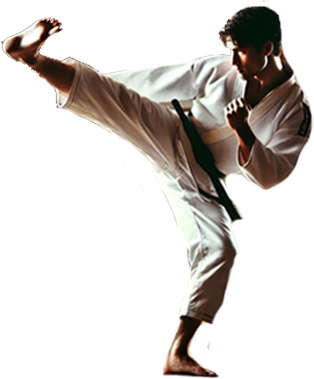
Picture 3: Supporting Leg Issues
In the next picture, there is a combination of problems, but we will focus on the supporting leg. The supporting leg is turned out but bent. While some styles or techniques involve bending the supporting leg to adjust for distance, this example does not appear to be a stylistic choice or a distance adjustment based on the kicker’s torso position.
Usually, people bend the supporting leg when trying to kick higher than they’re able to. In this case, the muscles that flex the supporting knee (hamstrings and gastrocnemius) trigger a stretch reflex. Because the kicker is focused on keeping the leg up, the supporting knee bends reflexively.
Usually, people bend the supporting leg when trying to kick higher than they’re able to. In this case, the muscles that flex the supporting knee (hamstrings and gastrocnemius) trigger a stretch reflex. Because the kicker is focused on keeping the leg up, the supporting knee bends reflexively.
If someone cannot kick high but attempts to, the reflex will automatically bend the standing leg. The solution is straightforward: develop both strength and flexibility in the supporting leg. Strength alone won’t suffice because the muscle is under pressure while being stretched.
Strength training should focus on the muscle’s long range. Standard hamstring curls won’t be as effective as specialized long-range hamstring exercises. In our system, the Supporting Leg Training Program is designed for this issue.
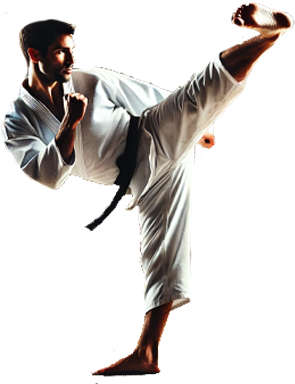
Picture 4: Misaligned Kick
Here, we see a good torso position and a good supporting leg position, but the kick is not aligned with the line of force (or the acceleration of the kicker’s mass).
In simpler terms, the leg is in front of the body. Kickers sometimes do this to strike specifically with the heel, but often this misalignment stems from a lack of flexibility or strength in the kicking leg.
This is similar to the previous example, but here the kicker extends the knee even though the hip doesn’t allow for full movement. This creates a quadriceps-dominated kick with minimal hip involvement. The mass accelerates in one direction, while the kick accelerates in another, reducing power.
If flexibility is the issue, a Hip Flexor Program is beneficial. If not, a Kicking Leg Program is often needed. In most cases, both are required.
In simpler terms, the leg is in front of the body. Kickers sometimes do this to strike specifically with the heel, but often this misalignment stems from a lack of flexibility or strength in the kicking leg.
This is similar to the previous example, but here the kicker extends the knee even though the hip doesn’t allow for full movement. This creates a quadriceps-dominated kick with minimal hip involvement. The mass accelerates in one direction, while the kick accelerates in another, reducing power.
If flexibility is the issue, a Hip Flexor Program is beneficial. If not, a Kicking Leg Program is often needed. In most cases, both are required.
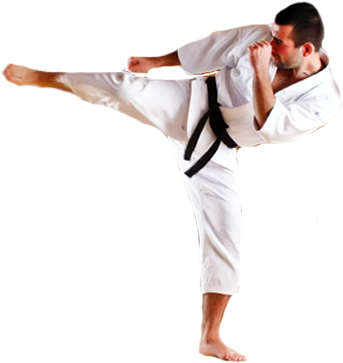
Picture 5: Torso Dropping Away
In this image, the supporting leg is in a good position, but the torso is dropping away from the kick. Torso strength and flexibility are crucial for maintaining a strong and efficient kick. When the torso moves away and back, it signals the opponent, making it easier for them to anticipate your next move.
Strong and flexible torso muscles allow for better distance control. You can kick further by leaning back or closer by staying upright. Additionally, maintaining an upright torso makes it easier to follow up with punches, as you won’t need to reset your position.
The solution is simple: a Torso or Trunk Program for Side Kicks.
Strong and flexible torso muscles allow for better distance control. You can kick further by leaning back or closer by staying upright. Additionally, maintaining an upright torso makes it easier to follow up with punches, as you won’t need to reset your position.
The solution is simple: a Torso or Trunk Program for Side Kicks.

Picture 6: Lack of Turnout and Unstable Kick
In the last image, we see multiple issues. There is no turnout on the supporting leg, and the supporting leg bends excessively to achieve height in the kick. The knee becomes unstable as a result.
A unique issue here is the alignment of the kicking leg. The heel and toes are not level, with the toes slightly higher. Kickers sometimes try to “edge” the foot, rolling it to make the toes appear lower, but this compromises alignment.
When the supporting leg lacks proper turnout, the kicking leg is often misaligned. The solution involves working on turnout with the Turnout Program, followed by the Supporting Leg Program. The Kicking Leg Program may also be necessary.
A unique issue here is the alignment of the kicking leg. The heel and toes are not level, with the toes slightly higher. Kickers sometimes try to “edge” the foot, rolling it to make the toes appear lower, but this compromises alignment.
When the supporting leg lacks proper turnout, the kicking leg is often misaligned. The solution involves working on turnout with the Turnout Program, followed by the Supporting Leg Program. The Kicking Leg Program may also be necessary.
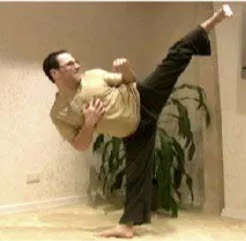
About the Author:
Paul Zaichik is an Exercise Science Expert, author of multitude of books, and the creator of Zaichik Stretching Technique (formely known as Kinesiological Stretching Technique). His speciality is flexibility training as well as body weight conditioning. His innovative method is designed to have maximum carry over into specific athletic techniques. Paul is the author of books and DVD’s on the topic of flexibility, martial arts and bodyweight training. Over the years, Paul Zaichik has worked with a variety of individuals including athletes, entertainers, and military personnel. His ElasticSteel Method of Athletic Conditioning programs, EasyFlexibility Programs and Zaichik Stretching Techniques are used world wide by both professional and amateurs with great success.

Leave a comment